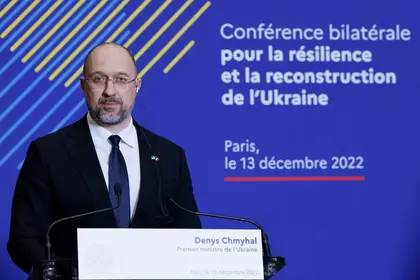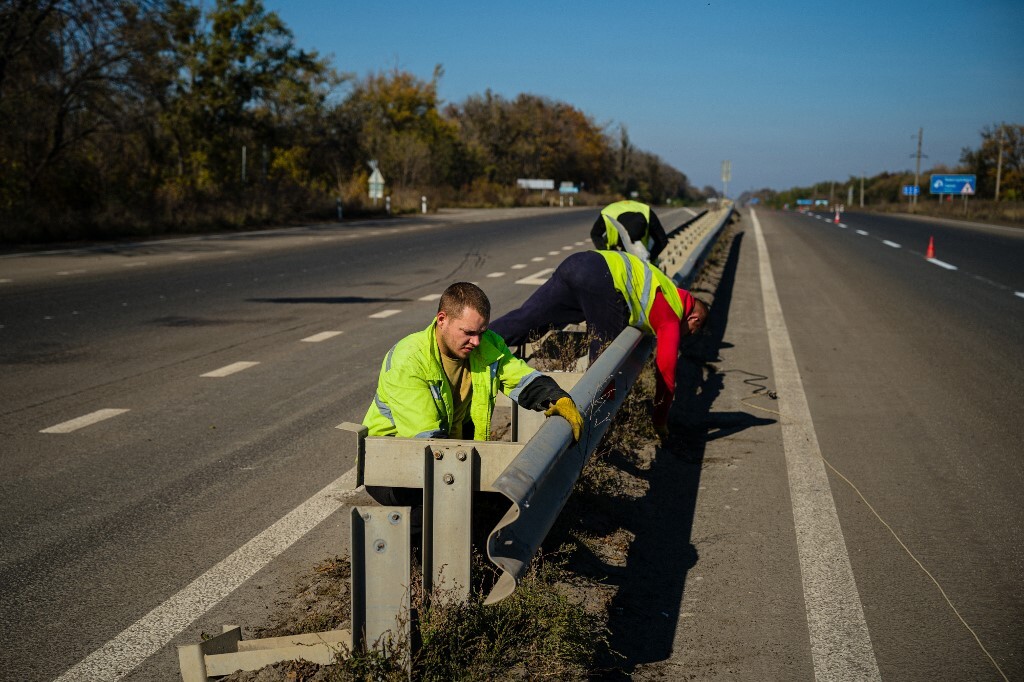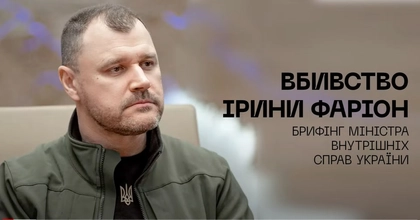The Government of Ukraine has stated that it intends to "build back better."
Many plans and proposals have been presented in the past few months.
A National Recovery Plan was presented in Lugano, the World Bank published its report on Rapid Damage Need Assessment, and Mr. Zelensky has announced a Fast Recovery Plan.
There has also been lots of talk about a "Marshall Plan" for Ukraine.
There are many actors and stakeholders involved in thinking about and planning the rebuilding and recovery of Ukraine - The President’s Office, the National Recovery Council, several ministries, the European Commission, EBRD, EIB, the World Bank, IFC, and various National Governments to name but a few.
The idea of "building back better" is indisputably good!
However, the important question still remains of what this actually means - what will be the final output from this “building back better“ (i.e., rebuilding process).
There are, roughly speaking, two options.
This reconstruction could result in (1) a Ukraine that rebuilds what was destroyed during the war with a view to bringing back Ukraine to its capacities prior to the war, or (2) a completely new Ukraine that looks and acts like an EU Member State, capable of becoming a Member State whenever the political decision for this is made.
One could argue that these two alternatives are not exclusive, rather that they are complementary with the second coming after the first has been completed.

EU Transfers €1.5 Bln Raised From Russian Assets for Ukraine
This, however, will be constrained by: (1) the huge level of resources that will be required (human, material and financial), though available resources are finite, and (2) it is hardly likely that Ukrainian society will accept that Ukraine should first rebuild to where it was prior to the war and only then will the process of the country’s accession to the EU start. Thus, Ukraine must choose, and then act in ways consistent with this choice.
From the outside the choice seems clear; Ukraine must rebuild in ways that further its accession to the EU.
Successfully meeting the challenge of rebuilding Ukraine, will require the optimal use of scarce resources and a thorough overhaul of Ukrainian legislation, rules, policies and procedures, as well as institutions.
This overhaul is necessary to create confidence in the new Ukraine and attract the resources needed for rebuilding.
Ukraine needs to take steps to create confidence in the investment community so that it invests in creating a new Ukraine. The good news is that there is no need to reinvent the wheel; if Ukraine adopts and implements the EU Acquis, this will send a strong signal to markets and investors about the seriousness of rebuilding efforts and the future of Ukraine.
Building “new Ukraine,” a Ukraine that is ready to take its place at the European table will require a very comprehensive and realistic Recovery and Reconstruction (RaR) plan.
Such a plan must; a) specify the time period covered by the plan, b) lay out the guiding principles on which it is based, c) include a sound, data-based, needs assessment, d) submit proposals for the necessary institutional, administrative, and legal reforms, e) present a clear and realistic vision of the future, f) outline a road map for realising this future, g) present a detailed cost-benefit analysis and justification of all proposed projects, h) define the roles and responsibilities of stakeholders and the private sector, i) estimate the funding needs and identify funding sources and mechanisms for financing the plan, and j) create an independent monitoring, evaluation, and enforcement mechanism to monitor progress, evaluate performance, and enforce rules, regulations, and procedures.
The plan must be based on the best available data and information, expert judgement where appropriate, and internationally accepted methodologies, analytical principles, and techniques.
Finally, the plan must be a living document that can be modified and adapted as needed, as long as these changes are made in a transparent manner, supported by the necessary evidence and justification for doing so.
The resulting plan should be broad enough to be usable by different sectors, the various levels of government, future governments, and be able to accommodate the changing portfolio of problems that will arise at different stages of the RaR process.
It must also address the needs of various socio-economic groups, minorities, and balance the demands for immediate relief from the destruction and damage (e.g. nuclear hazards, chemical contamination, de-mining…), and the need to invest in activities necessary for the country’s long-term economic foundation, a new Ukraine that will differ from pre-war Ukraine.
Post-war periods see fierce competition for resources and a clamour for action. The Ukrainian Government must resist at all costs any temptation to get drawn into politically popular projects that deliver little value in the long-term and end up delaying and harming the long-term recovery and vision.
The process for defining national goals and priorities should be based on analysis, using data and tools.
For example, in the transport sector, Ukraine has a very important tool, the National Transport Model of Ukraine (NTMU), to support the process for defining goals, setting priorities, and developing and choosing policies.
Analytical tools like the NTMU should be used to the fullest extent possible to rigorously evaluate and compare the costs and benefits of proposed policy and projects, based on the best available data, information, and judgement.
The use of analytical tools and data to support the RaR Plan will make such a plan, and its precise contents, more robust and credible in the eyes of potential donors and investors.
In building new Ukraine, dedicating resources to projects without clear value-added for realising the future vision of new Ukraine will not be a viable option.
This is where good planning becomes central to the rebuilding process.
Furthermore, given that resources are always scarce, the projects that will be undertaken will have to be prioritized and agreed upon together with the sources of funding.
Thus, good solid planning is essential for laying the foundations of new Ukraine!
Once the RaR Plan is ready, it must be implemented. The implementation process must also be clear, coherent, transparent, and analytically sound.
An essential part of the implementation process should be the codification of policy and changes in Ukraine’s legal and institutional framework, which will make investing in this new Ukraine more attractive and enable broader participation by international investors.
The RaR Plan must take advantage of, and focus on making changes consistent with the candidate status accorded to Ukraine by the European Union, and carry out the necessary institutional, administrative, and other governance reforms as quickly as possible.
The development and implementation of such a plan is a complicated exercise that will require a core Co-ordination and Analysis Team (C&A-Team) that is legally empowered, and held accountable and responsible, for delivering concrete results.
An important pillar in the RaR process should be the creation of mechanisms and processes for collecting complete, accurate, and relevant data on which to base the RaR planning exercise.
A central register of assets must be created to record all the damage caused to infrastructure assets by Russia’s war and include information on all proposed projects.
An inventory must be kept of all the required skills and competences for carrying out these projects, and a roster of national and international experts and specialists should be created.
Finally, all relevant stakeholders must be identified, and their role and involvement in the planning process in meaningful ways must be coordinated.
The identification and specification of what must happen in coming years (a road map) must be based on a solid needs assessment, long-term vision, and accompanying goals and objectives. This road map must form the basis for identifying specific projects and assessing the financial needs of each project.
Finally, a mechanism for monitoring progress and evaluating performance is essential for making necessary modifications and changes over time to the RaR Plan and adapting it to changing realities.
Given the scale of the challenges that will be faced in building back a better Ukraine, there is no substitute for good solid planning and a clear future vision.
While at times the demands of planning may seem unnecessary and burdensome, in the long-term, good planning will pay handsome dividends by avoiding waste, delays, implementation of unnecessary projects, etc.
Therefore, the Government of Ukraine must seize this coming opportunity and lay the foundations of modern planning and governance of future Ukraine!
Dr Rahman and Mr. Samino are the Team Leaders of two EU-financed technical projects in Ukraine; for developing a National Transport Masterplan and Model for Ukraine, and for harmonising the Ukrainian legal framework to be consistent with the EU Acquis Communautaire.
The views expressed in this article are the authors' and not necessarily those of Kyiv Post.
You can also highlight the text and press Ctrl + Enter







